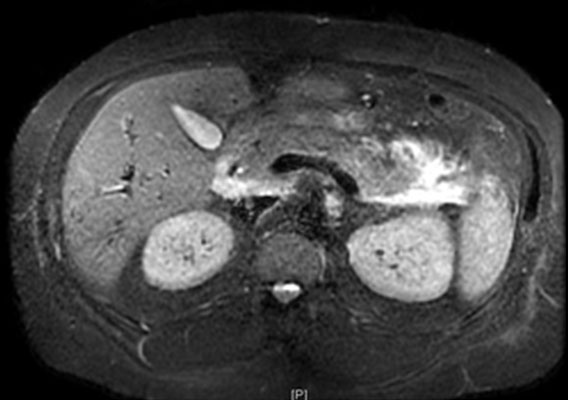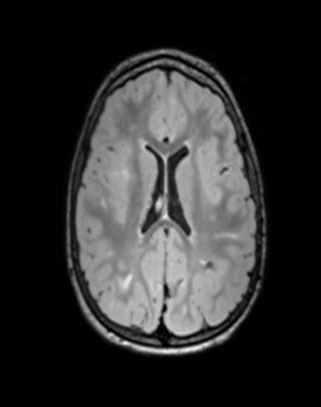 |
Case Series
Polymyxin B hemoperfusion in septic patients with acute myeloblastic and premyelocytic leukemia
1 UO Anestesia e Rianimazione Santa Chiara, Azienda Ospedaliero-Universitaria Pisana, Via Roma 67, 56126 Pisa, Italy
Address correspondence to:
Luigi De Simone
UO Anestesia e Rianimazione Santa Chiara, Azienda Ospedaliero-Universitaria Pisana, Via Roma 67, 56126 Pisa,
Italy
Message to Corresponding Author
Article ID: 100094Z06LS2021
Access full text article on other devices

Access PDF of article on other devices

How to cite this article
De Simone L, Valentini K, Maceri F, Cidin S, Benedetti E, Del Pellegrino V, Paladini AM. Polymyxin B hemoperfusion in septic patients with acute myeloblastic and premyelocytic leukemia. Case Rep Int 2021;10:100094Z06LS2021.ABSTRACT
Introduction: Infections are frequent complications in patients with malignant hematological disease and are associated with high morbidity and mortality. The use of polymyxin B hemoperfusion (PMX-HP) as an additional therapy in hematological patients who develop sepsis or septic shock following chemo- or immunosuppressive therapy is not often described in literature.
Case Series: This study included patients with hematological neoplasms (acute myeloblastic or promyelocytic leukemia) who were undergoing chemotherapy (pre- or post-transplant) and developed sepsis or septic shock requiring organ support. The patients received one session of polymyxin B hemoperfusion generally followed by at least 72 hours of continuous renal replacement therapy (CRRT) as renal support. The clinical condition, hemodynamic parameters, and blood chemistry values of the patients were monitored until discharge from the intensive care unit (ICU). Nine patients were included in this study. Of the 9 patients, 6 survived and were discharged from the ICU. In the 6 surviving patients a drastic reduction in procalcitonin (PCT) and C-reactive protein (CRP) were observed after treatment with PMX-HP. No adverse events related to the PMX-HP treatment occurred.
Conclusion: Patients with hematological neoplasms complicated with septic shock have a very high mortality. In our experience, polymyxin B hemoperfusion therapy and CRRT in addition to conventional therapy may be a valid strategy to improve outcome in this type of patients.
Keywords: Acute myeloblastic leukemia, Infection, Polymyxin B hemoperfusion, Promyelocytic leukemia, Sepsis, Septic shock
SUPPORTING INFORMATION
Author Contributions
Luigi De Simone - Substantial contributions to conception and design, Analysis of data, Interpretation of data, Revising it critically for important intellectual content, Final approval of the version to be published
Katia Valentini - Substantial contributions to conception and design, Acquisition of data, Analysis of data, Drafting the article, Revising it critically for important intellectual content, Final approval of the version to be published
Francesca Maceri - Acquisition of data, Analysis of data, Interpretation of data, Drafting the article, Final approval of the version to be published
Sabrina Cidin - Acquisition of data, Analysis of data, Interpretation of data, Drafting the article, Final approval of the version to be published
Edoardo Benedetti - Interpretation of data, Revising it critically for important intellectual content, Final approval of the version to be published
Valentina Del Pellegrino - Acquisition of data, Drafting the article, Final approval of the version to be published
Anna Maria Paladini - Acquisition of data, Drafting the article, Final approval of the version to be published
Guaranter of SubmissionThe corresponding author is the guarantor of submission.
Source of SupportNone
Consent StatementWritten informed consent was obtained from the patient for publication of this article.
Data AvailabilityAll relevant data are within the paper and its Supporting Information files.
Conflict of InterestAuthors declare no conflict of interest.
Copyright© 2021 Luigi De Simone et al. This article is distributed under the terms of Creative Commons Attribution License which permits unrestricted use, distribution and reproduction in any medium provided the original author(s) and original publisher are properly credited. Please see the copyright policy on the journal website for more information.





